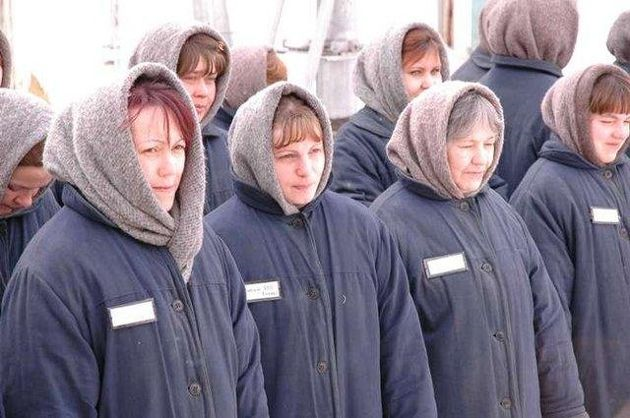How the Situation of Women in Prisons Changed After the Revolution of 1917
For a long period of time, prisons for women did not exist because there was no need for them. In most cases, the delinquent women were sent to a monastery or exiled somewhere far from home, and from that moment the husband was again considered free and had the right to marry again.
Prisons appeared only after a while, and the conditions of detention in them left much to be desired. Prison governors and prisoners, who were forced to stay in the same cell with female prisoners because there were no separate cells, allowed themselves too much, and with the advent of the Revolution of 1917 in Russia, the conditions of detention of women in prison deteriorated.

After the Revolution took place, in addition to the already poor conditions of detention, there were also fault-finding by the authorities, as well as regular humiliation in the form of statements and physical abuse against women, and the most common problem was the ability to wash normally, no hygiene rules were observed in prisons and very often women were not allowed to take showers.
There was also hard work, in which women were not so actively involved before. After the Revolution, hard physical labor became compulsory for all prisoners, and women could be forced to do even work that men were not always able to do. This situation was accompanied by poor nutrition, the schedule of which directly depended on how much the woman worked. If the plan was not fulfilled enough, then the woman received a smaller portion of food than on the days when the plan was fulfilled sufficiently.
Some women could not stand such conditions and died before they had been imprisoned for even a year, and for those who managed to survive, the only chance of salvation and improvement of living conditions was the opportunity to give birth, since women who were “in a position” were sent to prisons with improved conditions of detention, where they were not burdened with hard work.
The children who were born actually became “state-owned”, but when transferred to another camp, a woman could live for a whole year in relatively normal conditions and eat nutritious food, the amount of which did not depend on the fulfillment of the prison production plan.
The scale of prison conditions and the necessary survival in them was clearly demonstrated in the conditions of the Gulag after the end of the Great Patriotic War, where about 15,000 children and 7,000 women were already living at that time.
Subsequently, the living conditions of women in prison in the USSR did not become much better, but certain changes gradually took place after the USSR established itself as a state that had undergone rehabilitation after the war period.
